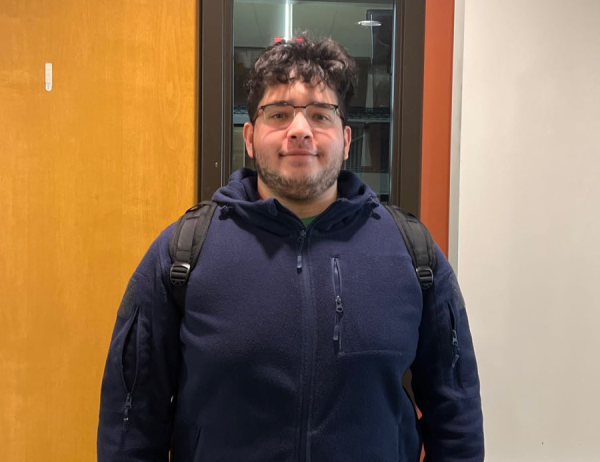The Story of Harriot Jacobs

Harriet Jacobs wrote and published Incidents in the Life of a Slave Girl in 1861
Imagine living in a 9-by-7-by-3 feet attic. Now imagine living there for seven years with nothing but a very old bed and insects to give you company. This was the life of Harriet Jacobs, a runaway slave.
Elgin Community College Celebrated the last event of this year’s Black History Month with a stage presentation of “Incidents of a Slave Girl.” The performance is an adaptation from the book “Incidents of a Slave Girl” written by Harriet Jacobs herself and published in 1861. American Place Theatre and director Wynn Handman recreated the story into a live performance to motivate people to change the world.
“[Harriet] wanted people, not just to know about her story, but to know about what slavery was like,” said Cherita Armstrong, an actress performing the role of Harriet Jacobs. “It is not just black history, it’s American history.”
“Incidents of a Slave Girl” is a real-life story of a young woman, Harriet, who was born a slave. She was very lucky to have been taught to read and write by her mistress who, soon after, died and left Harriet to her relative.
“Well Harriet, how she is described, she’s a sensitive woman, she’s very heart felt she has a strong sense of justice and a strong sense to want to fight for things she doesn’t think is right and I relate to that personally,” said Armstrong. “I always root for the underdog.”
Dr. Flint, her owner, was a very cruel man who took an interest in her. Most of the time he harassed her. His wife was also cruel to Harriet. Even through all the pain he caused, Harriet still kept their identities unknown. James Norcom was his actual name.
Jacobs goal for her book was:
“To get white women of the north inspired.” said Chris Snock.
Snock is the teaching artist for the American Place Theatre, he also led the discussion at the event.
Harriet escaped one night and hid in her grandmother’s attic. Her grandmother was a free slave and lived close to Flints house. She stayed in that small attic for almost seven years without being able to see her children. She also went through very severe living conditions.
“I actually have read the book, maybe seven years before, and I loved it,” said Armstrong. “I actually thought this story should be told on stage, I just never thought I would be the one to do it.”
Armstrong portrayed Harriet in the live performance. Armstrong is a New York native, and has been a performer for many years. Armstrong was taught by Wynn Handman. Handman asked Armstrong to take the role of Harriet.
The performance was different than most performances. The performance was a one person show, and Cherita played nine different people.
They took around twenty minutes to talk to the audience and explain a little bit of the plot. Then after the performance they set sometime to discuss the performance with the audience to hear what they learned and thought.
“Inspiring,” “strong,” and “generous” where some of the words the audience described Jacobs as.
“It can change people’s perspective who are unaware the actual climate of enslavement in the Americas. They’ll have the idea of what it does not just physically but they understand emotionally and physically what it does to individuals, the families separated. They can connect to that and if they can connect to that then I think we can connect to certain loses and triumphs in our lives,” said Armstrong.





